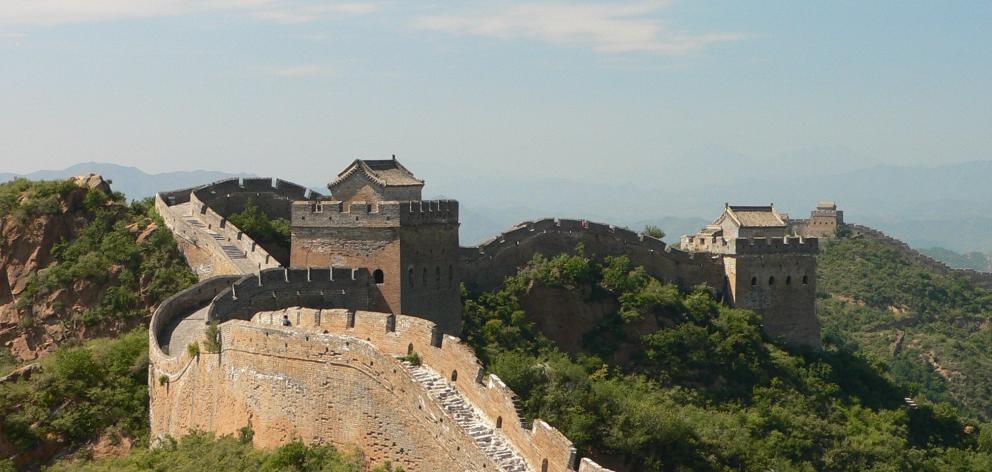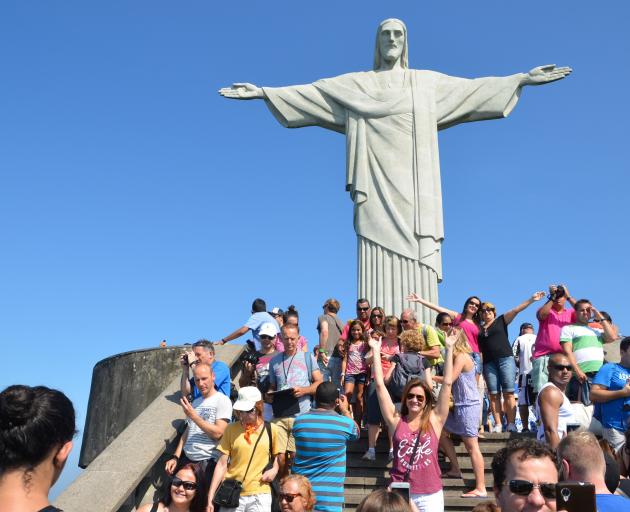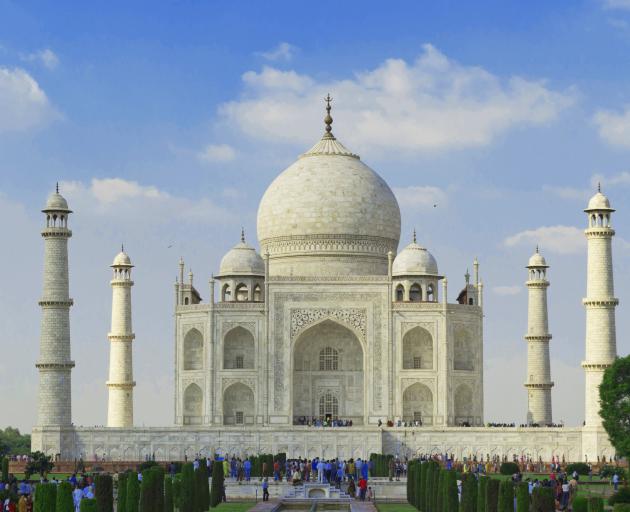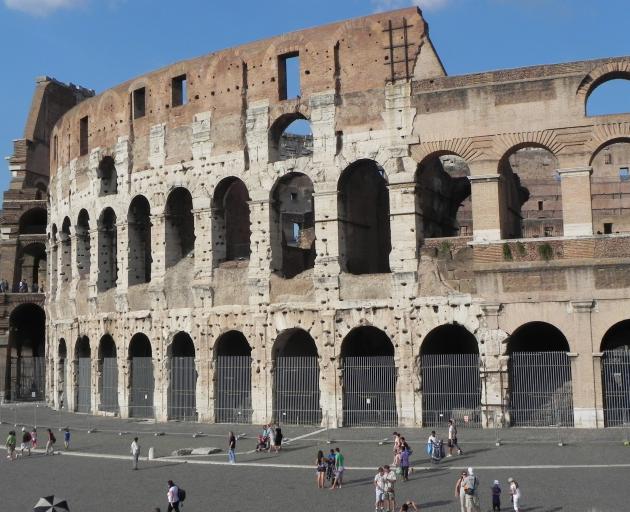
What do the Great Wall in China, Petra in Jordan, Christ the Redeemer in Brazil, Machu Picchu in Peru, the Colosseum in Rome, the Taj Mahal in India and Chichen Itza in Mexico have in common?
The answer? They are the new "Seven Wonders of the World'', selected in 2007 by a Swiss Foundation after a global electronic voting cycle.
I am one of lucky few who has left their footprints on them all, a recent visit to Chichen Itza in the state of Yucatan, southeastern Mexico, completing the set.
While browsing through an incredible array of ruined monuments - pyramids, temples, palaces, ball courts, nunneries, observatories and platforms inside the Chichen Itza complex, which between the third and 13th century was the epicentre of the Mayan civilisation - I couldn't help but wonder
why seven wonders and not five, nine or 12?
This question led me into research mode to dig the mystery surrounding the number seven and find out more about the evolution of the concept of wonders of the world.
I discovered many interesting things.

Christians consider seven to be a holy number because Genesis says God rested on the seventh day after creating man the day before. Even Shakespeare was influenced by this number to describe the various stages of life.
So it was quite natural for ancient scholars to limit the number to seven when collating lists of man-made wonders.
Now, what defines a wonder?
"Wisdom begins in wonder,'' said Socrates. So monuments which inspire wisdom can be a wonder. Perhaps this concept was in the minds of 5th-century Greek historian Herodotus and Callimachus of Cyrene, who was chief librarian of the Library of Alexandria, in Egypt, when they started compiling lists of wonders from ancient monuments built by great emperors ruling the Mediterranean and the Middle East regions.
However, no records exist of what was included in their lists. Much later, a list was found from an engraving by 15th-century Dutch artist Maerten van Heemskerck. It included the Great Pyramid of Giza, Hanging Gardens of Babylon, Temple of Artemis, Mausoleum at Halicarnassus, Statue of Zeus, Colossus of Rhodes and Lighthouse of Alexandria.

The only one that exists today is the Great Pyramid of Giza, on the outskirts of Cairo, in Egypt.
The site of the Hanging Garden of Babylon, built in 580BC in Iraq, is said to still have the statue of the Lion of Babylon but access to the location in post-war Iraq is questionable.
All of the seven monuments were considered wonders primarily because of their unimaginable engineering scale, featuring not only architectural ingenuity but also a fusion of contemporary religion, mythology, art, power, and science.
As time passed, human civilisation grew and diversified and more and more wondrous monuments were created.
All displayed the extraordinary talents of the builders of the time.
As travel became easier, people started moving from one corner of the world to the other to visit these places, talk and write about them and make them known to the world.

To establish an official status for the much-debated list of wonders, a mechanism of global voting through internet and mobile phones was adopted at the start of this millennium by a Swiss foundation, led by film-maker and adventurer Bernard Weber. It aimed to ensure an open and established process behind the selection that would represent the choice of millions, rather than that of a minority.
Initially, 200 sites were nominated, but they were reduced to 77 by public voting, then shortened to 21 by a panel of experts.
Based on further voting, the seven that topped the list were announced on the seventh day of the seventh month in the seventh year of the new millennium - the date proclaiming the magic of number seven even in the 21st century.
The oldest on the list was the Great Wall of China, built around 700BC, while the statue of Christ the Redeemer was built in 1931.
It is possible to easily visit all of them.
As I have done it, many have asked if I noted any synergy between them.
I did. All by their grandness inspired wisdom in me, their grace energised my soul and the ingenuity of their makers connected me with the highest level of creativity around the world.
It has been a wondrous experience.
- Sandip Hor is a Sydney-based freelance writer.












